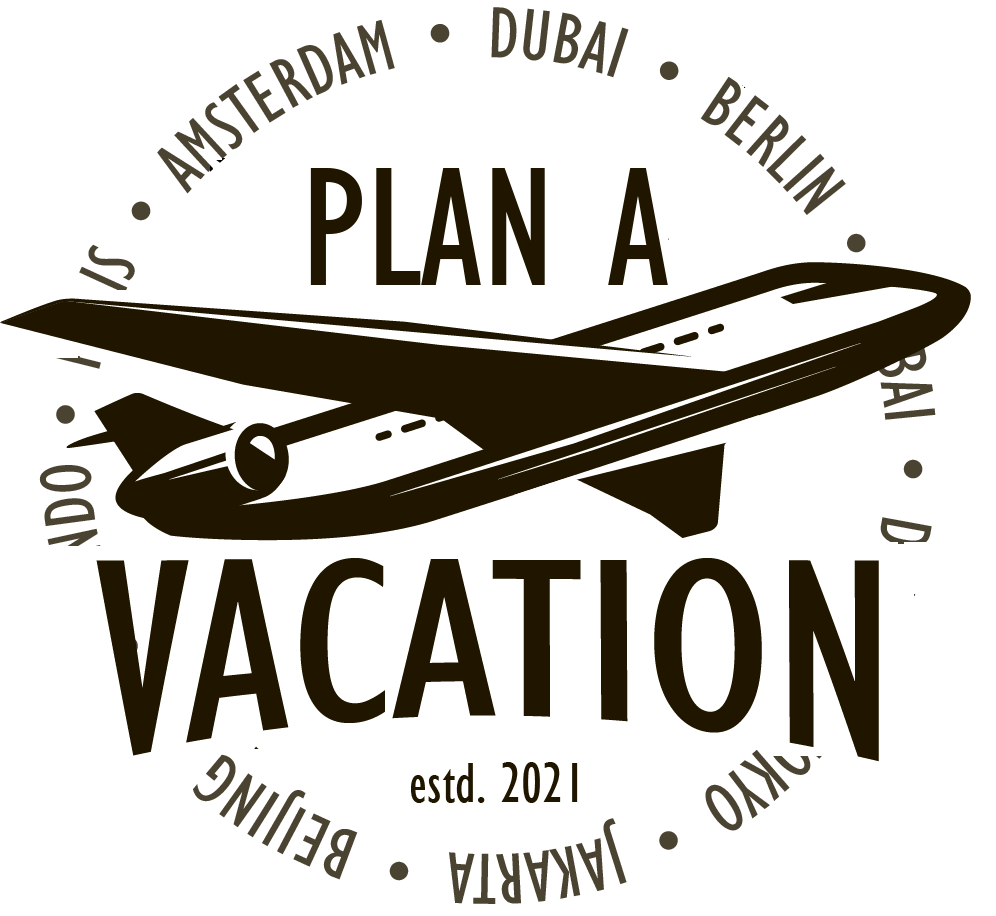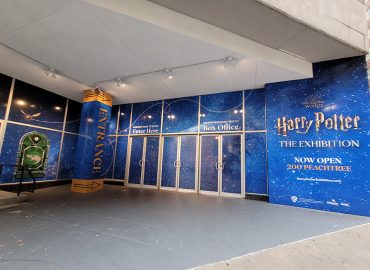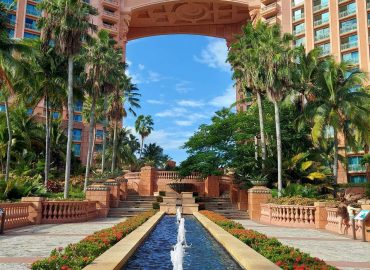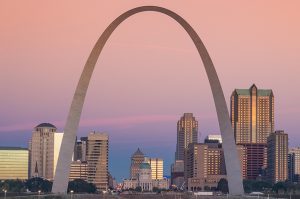Chicago
About
The City of Chicago is the third-most populous city in the U.S. with over two million people living in the city and four million in the Chicago metropolitan area. The city of Chicago is known as the Windy City because of the winds that move through the streets that lay on the shores of Lake Michigan. The city is known for its impact on the social, political, and cultural aspects of U.S. life.
Among the reasons why the city of Chicago is known as such a modern and forward-thinking city is its history of fires, including the Great Chicago Fire of 1871. Because of the impact of the Great Chicago Fire, the Windy City undertake a series of social and city planning improvements that made this one of the best-planned cities in the world.
Facts about Chicago
- Modern Chicago was established by Jean Baptiste du Sable. Chicago in its modern, non-indigenous form was established by Jean Baptiste du Sable. Originally from Haiti, du Sable is classed as an African-American who settled the area forming modern Chicago back in the 1780s. The importance of the arrival of du Sable in the Chicago region is recognized by the site of his first home being given National Historic Monument status.
- It is known as the birthplace of Jazz. The Windy City is generally recognized as the birthplace of the jazz movement with the name of the music genre being coined in the city in 1914. The city is still home to more than 200 jazz clubs and live music venues.
- Chicago is home to the Willis Tower, formerly known as the Sears Tower. The excellence in city planning that has been seen in Chicago since the Great Fire of 1871 led to the construction of the world's first skyscraper in the city. The skyline of Chicago is still dominated by skyscrapers with The Willis Tower being the second tallest in the Western Hemisphere at 110 floors. The former Sears Tower is so tall, visitors can see four states from its observation deck.
- Its name is based on an Algonquin word that means "onion field". The origin of the name, Chicago, predates the establishment of the city by Jean Baptiste du Sable. The name was first used by the indigenous Algonquin people who used the word, Chigagou, meaning the onion field.
- Chicago has a long shoreline alongside Lake Michigan. We often think of Chicago as a built-up urban area, but its location on the shores of Lake Michigan means it has a long shoreline. Chicago has over 26 miles of coastline, including beaches that can be enjoyed in the Summer.
Directions
One of the most impressive sectors in and around the Chicago area is the excellent travel links that have been created at a national and international level. Chicago O'Hare International Airport tends to be listed in the top six busiest airports in the world with the airport often being ranked the number one busiest airport in the world based on aircraft movements.
There are also several major interstates that run through Chicago. Taking Interstate 94 West from Chicago will take you towards Milwaukee, while Interstate 90 West bypasses Milwaukee and goes directly to Madison through Rockford. I-55 is a major North-South interstate that goes to St Louis from Chicago before heading all the way down to New Orleans.
There is a major Amtrak train station located at Union Station in Chicago, just a few blocks from Willis Tower as well as I-90. The number of cities that connect to Chicago through this station is impressive, and includes Milwaukee, St. Paul, St. Louis, Kansas City, Memphis, New York and much more!
Geography
The city of Chicago is part of the larger Chicagoland Metropolitan Area that covers an impressive area of 10,874 square miles. This is a large area of land when compared with the city itself that covers just over 234 square miles. Despite its reputation as one of the largest urban areas in the U.S., Chicago has a large amount of green space with just 2,122 square miles classed as urban.
Around the borders of the city, the most impressive views of the city are found from Lake Michigan with two rivers flowing directly through the city and the Metropolitan area. The Chicagoland area is defined in different ways by different groups with Chicago itself and eight counties generally defined as part of the region. Numerous cities and small towns are surrounding the city, including Aurora, Naperville, and Joliet all within 40 miles of the Windy City.
Things to do in Chicago
- See the city's many famous sports teams. Sports fans have lots of different choices when it comes to having a great time in Chicago, including baseball, football, soccer, and basketball. The Windy City has been the home to many legends of the sports scene, including Michael Jordan at the Chicago Bulls and numerous football greats playing for the Chicago Bears. Even the names of the stadiums in Chicago inspire thoughts of success with the Bears' Soldier Field and the Cub's Wrigley Field among those to give sports fans chills at their mention.
- Enjoy outdoor activities. Many visitors rarely think of Chicago as an outdoor city because of the harsh winters, but there are many outdoor activities to be enjoyed during the Summer months. Alongside the impressive Riverwalk, guided tours and kayak rentals give every visitor the chance to explore the waterways of the city from a different angle.
- Enjoy the amazing food! Chicago is a well-known destination for the best in entertainment, but the city is also a gastronomical treat. For the majority of visitors, a slice of classic Chicago-style pizza is a must. Whether a visitor is choosing a hot dog the Chicago way with seven toppings or a dish from one of 22 Michelin-starred restaurants, the city offers something special in terms of food and drink.
Map
Information
| Phone: (City) | (312) 744-5000 |
| State: | Illinois |
| Area: | 234.5 Square Miles |
| Pop.: | 2.697 Million |
| Website: | City of Chicago Official Website |
Join our Facebook Group

Discuss travel tips, ideas, budgeting and more!
Recent Posts
Visiting the Harry Potter Exhibition
On my recent road trip around much of the southeastern United States, I was particularly excited to visit the Harry Potter Exhibition. Lucky for me, the exhibition had only recently moved from Philadelphia to Atlanta in October, just a few weeks before the time frame... Continue reading→
Tips for Visiting Atlantis in Nassau (from a Cruise)
If you are planning or have been on a cruise, then you are probably aware that one of the major stops for many Caribbean cruises is Nassau in the Bahamas. We were fortunate enough to go on another cruise that stopped in the Bahamas on... Continue reading→



